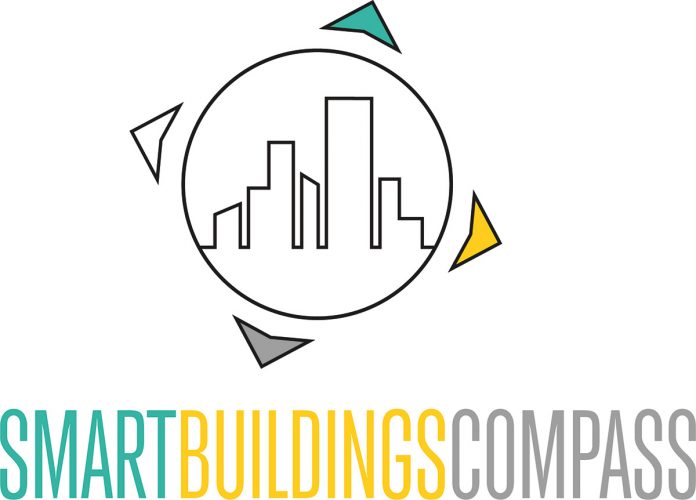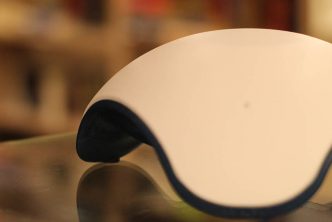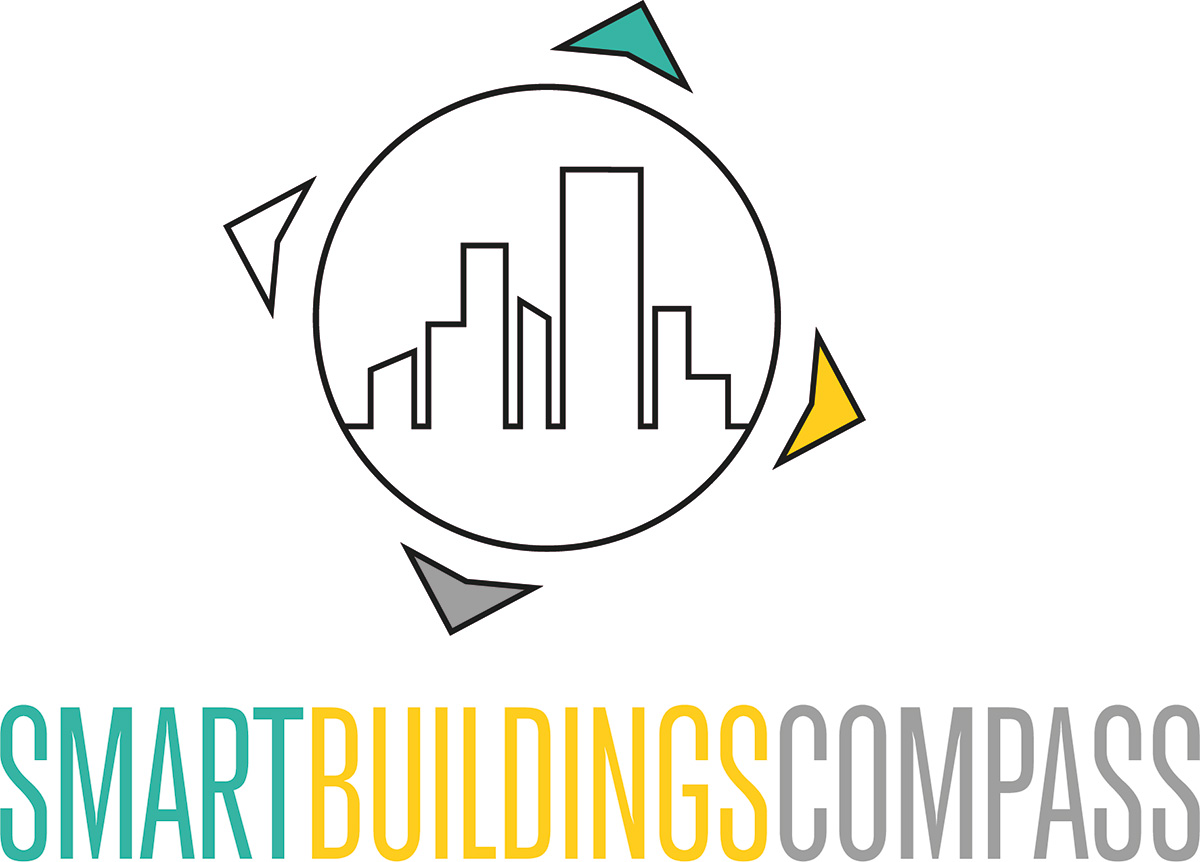A system is understood to be an ordered totality of tangible or intangible objects that are interconnected and interact with each other. Systems have certain properties and characteristics. Depending on the area, the term is understood very differently. There are many different types of systems, including biological, technical, organizational, physical, logical, and mathematical.
One way to classify is by type of origin, i.e., by natural and man-made systems. Natural systems then include:
- inorganic systems like planetary system or atomic system
- organic systems such as organisms of plants and animals and the biological families.
Artificial systems, i.e. systems designed by humans, include:
- Logic systems: Alphabet, logic symbols
- mechanical systems: technical machines, automats
- social systems, so-called “human-human systems”: family community, state people
- combined systems are e.g. “man-machine systems” which are socially and factually interconnected, i.e. an operational organization. Examples are housekeeping, enterprise, state organization.
Furthermore, there are also distinctions according to the dynamic behavior – for example in stable and cybernetic systems. Stable systems, when upset by a disturbance, return to their original state. Cybernetic systems, in contrast, adapt to change.
Many systems have completely different properties than the components they are made of. Unless there are relationships between the parts of a whole, it is not a system, but mere quantities, heaps, or mixtures of substances.
Image: Pixabay






